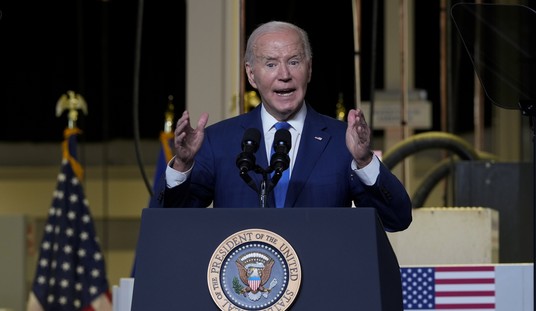The argument for Obamacare really boils down to one idea: people without health insurance won’t get medical care. Or if they do get it, the care will be too little and too late. Insure everybody, we were told, and everyone will have access to high quality, timely care.
But is that really happening? It may not be.
Unless they were previously uninsured, people who are getting health insurance in the (Obamacare) exchanges are likely facing greater financial barriers to care than they were before the health reform was enacted.
According to a study by Avalere, the average out-of-pocket maximum for 2015 individual silver plans will be $5,853. This is about twice the level in a typical employer plan and none of the exchange plans have an employer making deposits to a Health Savings Account (HSA) or a Health Reimbursement Arrangement (HRA).
Even though more people are insured today than in quite some time more people are putting off medical treatment because of cost than has been the case in the past eight years!
One of the goals of Obamacare was to end discrimination against people with (pre-existing) chronic conditions. Today, insurers can’t deny them enrollment, but they can shift a lot of the cost of care to the sickest patients, including the cost of their medications. According to one report:
Actuarial studies of plans sold through health insurance marketplaces in some states found that many make consumers responsible for as much as 50 percent of the price of specialty drugs, which can cost $8,000 or more a month.
Recommended
These aren’t isolated cases. Even the Obama administration has become alarmed.
In addition to financial barriers to care, there are non-financial ones – mainly caused by the narrow networks that have emerged in the insurance company race to the bottom. These networks often exclude the best doctors and the best hospitals. A study by Avalere found that there were no cardiologists in the networks of plans offered in Los Angeles. There were no diagnostic radiologists in the networks of plans offered in Chicago. In seven of the nine urban areas, fewer than half of specialists sampled belonged to provider networks in Obamacare exchanges. Patients can be forced to pay 100 percent of the cost of out-of-network services.
About half the newly insured will get insurance through Medicaid, where there is little or no cost sharing. But here again, there are serious non-financial barriers to care. According to a study by the inspector general of the Department of Health and Human Services about half the doctors who are listed by insurers as serving Medicaid patients are not available to treat them. Those who are available often require long waits:
“For example,” the report said, “a number of obstetricians had wait times of more than one month, and one had wait times of more than two months for an enrollee who was eight weeks pregnant. Such lengthy wait times could result in a pregnant enrollee receiving no prenatal care in the first trimester of pregnancy.”
Primary care providers, such as family doctors, internists and gynecologists, were less likely to offer appointments than specialists, the report said. But specialists tended to have longer wait times, with a median wait of 20 days, compared with 10 days for a primary care provider.
These problems will almost certainly get worse in January when an end comes to a special Obamacare subsidy that has been enhancing the fees of Medicaid doctors for the last two years. According the Washington Post:
A study … from the nonpartisan Urban Institute estimated fee reductions will average about 40 percent nationwide. But they could reach 50 percent or more for primary care doctors in California, New York, New Jersey, and Illinois — big states that have all expanded Medicaid under the health law.
A system-wide problem will add to these woes. If the economic studies are correct, the newly insured will try to consume twice as much health care once they have insurance and there may eventually be 25 million of them. Along the way almost everyone else is being forced to have more generous insurance than they previously had and with these new benefits they are likely to seek more care. The result: we are in the process of greatly expanding the demand for care while doing virtually nothing about supply.
A final (and largely overlooked) problem is that the safety net is being decimated. Obamacare is reducing “uncompensated care” funds to safety hospitals at a time when their case load is increasing and states actually have perverse incentives to dump large portions of their Medicaid populations. To add insult to injury, private donations are down for free medical clinics around the country and many are closing their doors.
Bottom line: We have spent an enormous amount of money on health reform. It is not yet clear whether there has been an overall increase in access to care – especially by the most vulnerable patients.

























Join the conversation as a VIP Member